Sun damage to the eyes: Risks and prevention

Table of contents
Direct or prolonged exposure to sunlight can pose significant risks to your vision and eye health. While we are well aware of the importance of using sunscreen to protect our skin, it's equally important to understand that our eyes also need protection from the sun.
In this article, the opticians at Lentiamo explore the various ways in which sunlight can damage your eyes, discuss eye conditions linked to sun exposure, and provide easy preventative measures to safeguard your sight.
Can the sun damage your eyes?
Sunlight can harm your eyes in multiple ways. Not only can it cause immediate discomfort or eyestrain, but prolonged exposure may lead to serious eye conditions that develop over time.
Read about various eye conditions linked to sun exposure below, such as corneal sunburns, surfer's eye, and more.
Note: The following images are visual representations of how certain eye conditions could physically manifest. They manner in which they appear or how they affect vision can be different to what is shown below. It's important to contact your eye care specialist if you suspect any problems with your eyes or vision after sun exposure.
Eye conditions linked to sun exposure
Photokeratitis
Photokeratitis is a temporary eye condition caused by exposure to ultraviolet rays. Often compared to a sunburn that affects the corneas instead of the skin, it's commonly referred to as corneal sunburn, ultraviolet keratitis, eye sunburn, or snow blindness.
Symptoms usually present around 30 minutes to 12 hours after exposure. Photokeratitis can then persist anywhere from a few hours to a couple of days, depending on the severity. Its symptoms can range from mild irritation and redness to blurry vision, temporary vision loss, and severe pain.
Photokeratitis might lead to red or bloodshot eyes (left). While not always the case, it can lead to blurry vision or symptoms like seeing halos in the visual field (right).
Cataracts
A cataract is a clouding of the lens of your eye that typically occurs with ageing. Chronic sunlight exposure can increase the risk of cataracts due to damage done by UV rays.1
Cataract surgery is often necessary to remove the clouded lens. After surgery, light can appear extra bright as your eyes grow accustomed to unhindered vision. Your eye care professional will likely recommend sunglasses or other eye protection during your recovery.
Cataracts might appear as a white or cloudy disc on the lens (left). Over time, they can lead to blurry, dimmed, or misty vision (right).
Pinguecula and pterygium
Pinguecula and pterygium are abnormal growths that form on the conjunctiva, the clear membrane covering the white part of the eye. They share similar causes, including prolonged exposure to sunlight, wind, or dust.
Pinguecula
Pinguecula is a yellowish or whitish tissue growth that typically causes temporary irritation or dryness. A pinguecula doesn't extend over the cornea.
Pinguecula looks like a small, raised growth on the white part of the eye (left). The growth itself doesn't affect vision, but it can cause dryness or irritation that can lead to blurred vision (right).
Pterygium
Pterygium, also known as "surfer's eye," is commonly seen in surfers or individuals who spend a lot of time outdoors exposed to the elements. This pinkish, triangular growth of vascularized conjunctival tissue usually starts near the nose and may expand toward the pupil area of the cornea if left untreated, leading to symptoms such as redness, discomfort irritation, and blurred vision.
Pterygium is a wedge-shaped growth of the conjunctiva that extends onto the cornea (left). In extreme cases if the pterygium expands over the pupil, it can obstruct or blur vision (right).
Eyelid cancer
Stanford Medicine lists exposure to UV radiation as a risk factor for eyelid cancer. UV radiation from the sun, as well as tanning beds, can lead to basal cell carcinoma, squamous cell skin cancer, and melanoma.2
The eyelid has the thinnest skin on the body, making it particularly susceptible to sun damage. Symptoms of eyelid cancer can range from changes in appearance of the eyelid skin to new growths, and other changes. Therefore, any abnormal symptoms should be addressed by the appropriate professional to rule out cancers and to get a proper diagnosis.
Eyelid cancer can manifest as a small nodule on the eyelid. Eyelid cancer itself doesn't affect vision, meaning your visual field will remain normal. If left untreated, however, the cancer can spread to the surrounding structures which can impact vision.
Macular degeneration
Age-related macular degeneration (AMD) is an eye disease that can blur your central vision. Prolonged and unprotected exposure to (UV) radiation may contribute to the development and progression of macular degeneration. It's thought that UV rays can damage the macula, which is the central part of the retina responsible for sharp, detailed vision.
For those with macular degeneration, using an Amsler test to track the progression of the disease is essential. Continuing sun protection is extremely important for anyone, regardless of having the disease or not.
Macular degeneration doesn't have telltale signs from the outside like other eye conditions. It can however have a profound effect on vision, such as blank spots in your central vision.
Symptoms of sun damage to eyes
The most common symptoms of eye damage from bright light are:
- Blurry vision
- Scratchy or gritty feeling
- Tearing or watery eyes
- Redness or pain
- Light sensitivity
- Halos (bright circles or rings around light)
- Temporary vision loss (rare)
- Swelling
- Twitching eyelids
Can your eyes heal from sun damage?
The eyes have the ability to heal from certain types of sun damage. Conditions like photokeratitis can cause temporary inflammation of the cornea. In most cases, the eyes can heal within a few days with symptoms like redness and pain subsiding.
However, chronic or repeated sun exposure without protection can lead to permanent or long-term damage. For example, cataracts and macular degeneration may require medical treatment. These conditions can lead to lasting vision issues or blindness if left untreated.
It's always important to consult an eye care professional if you experience sun damage to eyes with persistent symptoms.
Prevention: How to protect your eyes from the sun
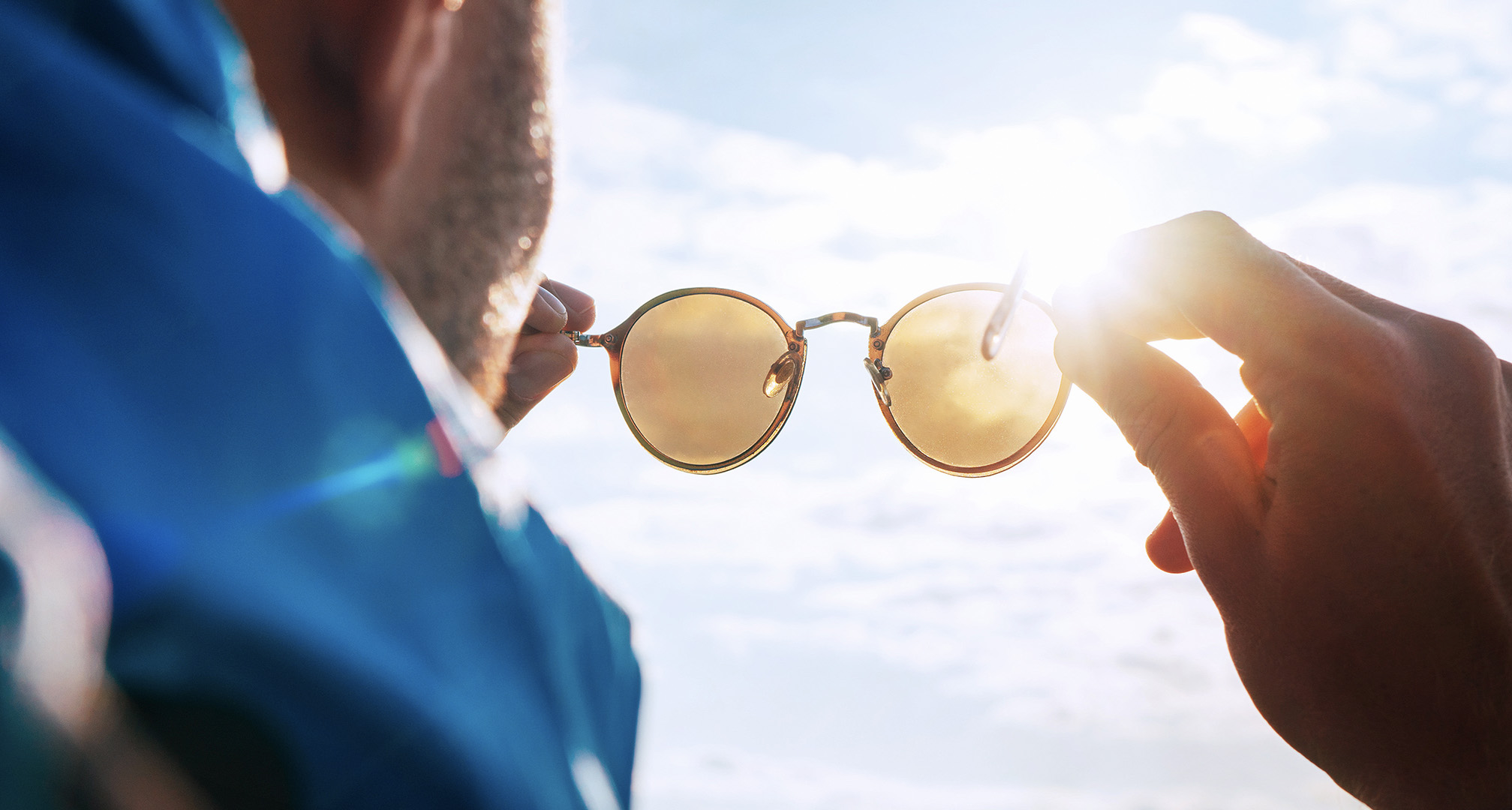
It's crucial to protect your eyes from the sun by wearing sunglasses with UV protection. Accessories such as wide-brimmed hats are particularly important during peak sunlight hours. Taking the proper steps to protect your eyes can help keep them safe from damage.
What are the best practices to keep your eyes protected from UV damage?
Wear sunglasses with high UV protection
Sunglasses with appropriate UV protection are incredibly important to protect your eyes from sun damage. Look for lenses that block 100% of both UVA and UVB rays.
Sunglasses are essential on cloudy or overcast days too. Typical indicators of bright sun, such as squinting, may not trigger us to reach for our shades in these conditions. Remember that UV rays are present during daylight hours, even on greyer days.
The latest sunglasses trends are more than just stylish accessories. Sunglasses are important tools in safeguarding your eyes and surrounding skin from damage and premature ageing.
According to a study published by journal Clinical, Cosmetic and Investigational Dermatology, UV exposure seems to be responsible for 80% of visible facial ageing signs for certain groups. Sunglasses can prevent excessive squinting and protect the skin from UV rays, reducing wrinkles in caucasion skin from UV damage.3
Never stare at the sun
It's worth a reminder: Never look directly at the sun! Not only can this cause discomfort and irritation, the UV light can damage your retina or cornea and lead to serious ocular conditions. Even when wearing sunglasses, staring at the sun can have detrimental effects on your eye health.
Wear a hat
In addition to sunglasses, wear a hat to further reduce direct exposure to sunlight. A wide-brimmed hat can protect your face, head, neck, and ears in addition to shading your eyes. Experiment with different styles to find a hat that works for you.
Use SPF
Use a gentle suncream with a high protection factor to protect the delicate eye area. Not only are your eyes at risk from sun damage, the surrounding area is too.
Limit your time in the sun
It's advisable to limit your time in direct sunlight to minimise the risk of sun damage to your eyes, especially during peak hours when the sun's rays are the strongest. If you need to be outdoors for an extended period, seek shade often in addition to sunglasses and hats.
Wear quality sport sunglasses for outdoor activities that require you to be in the sun for extended periods of time. For high altitude hikes, skiing, or mountain biking trips where snow is present, sunglasses can help prevent snow blindness. Sunglasses for other sports like golf, fishing, or cycling can make your time outside more comfortable and safer.
Wear contact lenses with UV filter
Contact lenses with a UV filter offer added protection from sun damage to the cornea of your eye. The conjunctiva, eyelids, and fragile skin around the eyes are not protected. So remember that UV-blocking contacts don't negate the importance of wearing sunglasses.
Wear sunglasses to better shield the eyes and surrounding skin from sun exposure, wind, dust, and other elements.
Looking for stylish protection?
Browse a wide selection of top-quality sunglasses from popular brands today.
Closing thoughts
By taking the necessary precautions, we can significantly reduce the risk of sun damage to our precious eyes. A combination of sunglasses and complementary accessories is a smart choice to shield our eyes from direct sunlight.
Lentiamo optometrist Eliška Malinová, Bc. offered her expert thoughts on protecting your eyes from sun damage. Remember, if you have any concerns about your eye health or vision, consult with your eye care specialist. They can provide personalised guidance and ensure that your eyes stay happy and healthy.
Read more
Explore other topics related to this subject
- Cataract surgery
- Amsler test for macular degeneration
- Importance of wearing sunglasses for eye health
Sources
1. National Eye Institute, New Research Sheds Light on How UV Rays May Contribute to Cataract
2. Stanford Medicine, Risk Factors for Eyelid Cancer
3. National Library of Medicine, Effect of the sun on visible clinical signs of aging in Caucasian skin


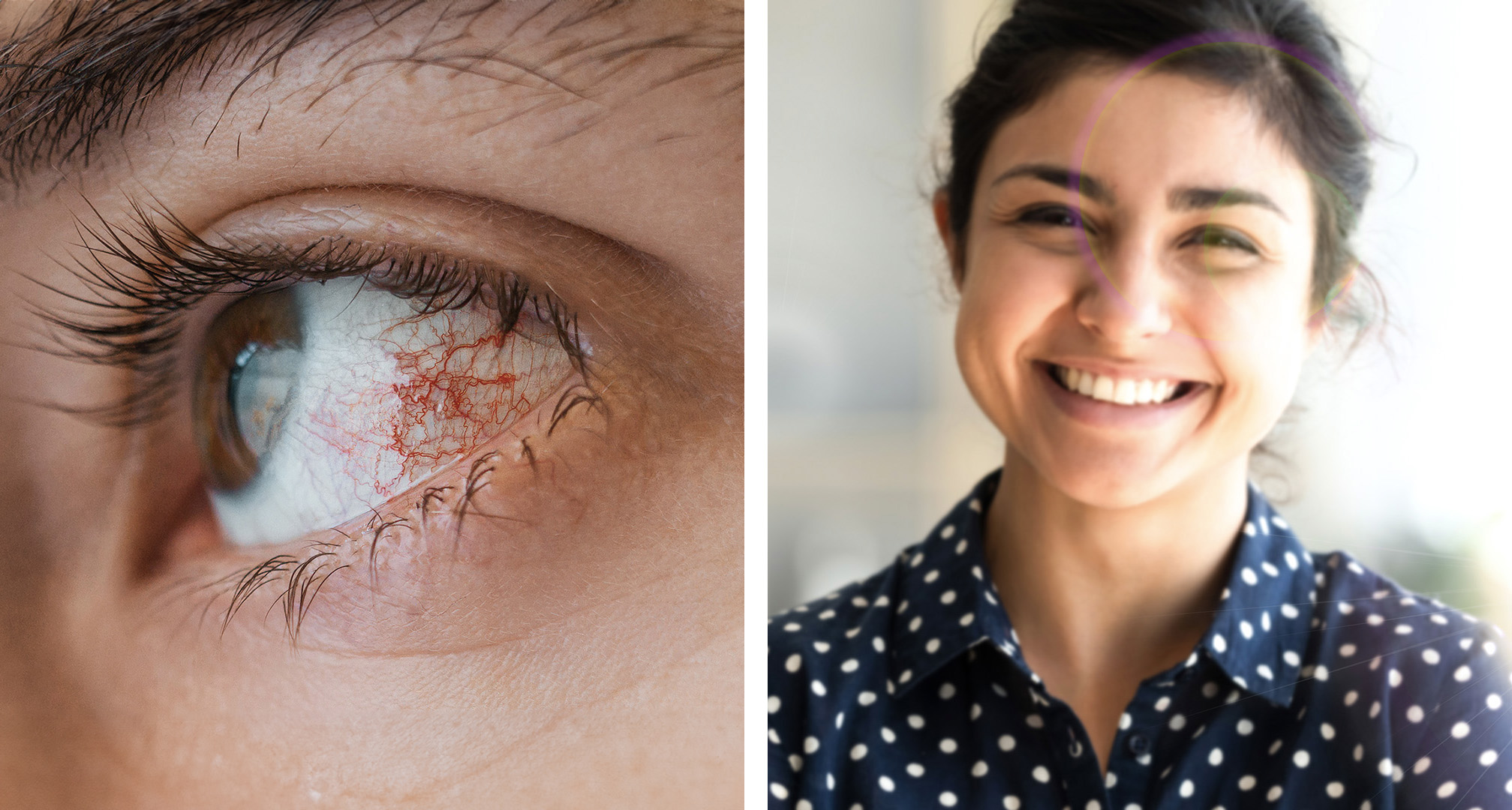
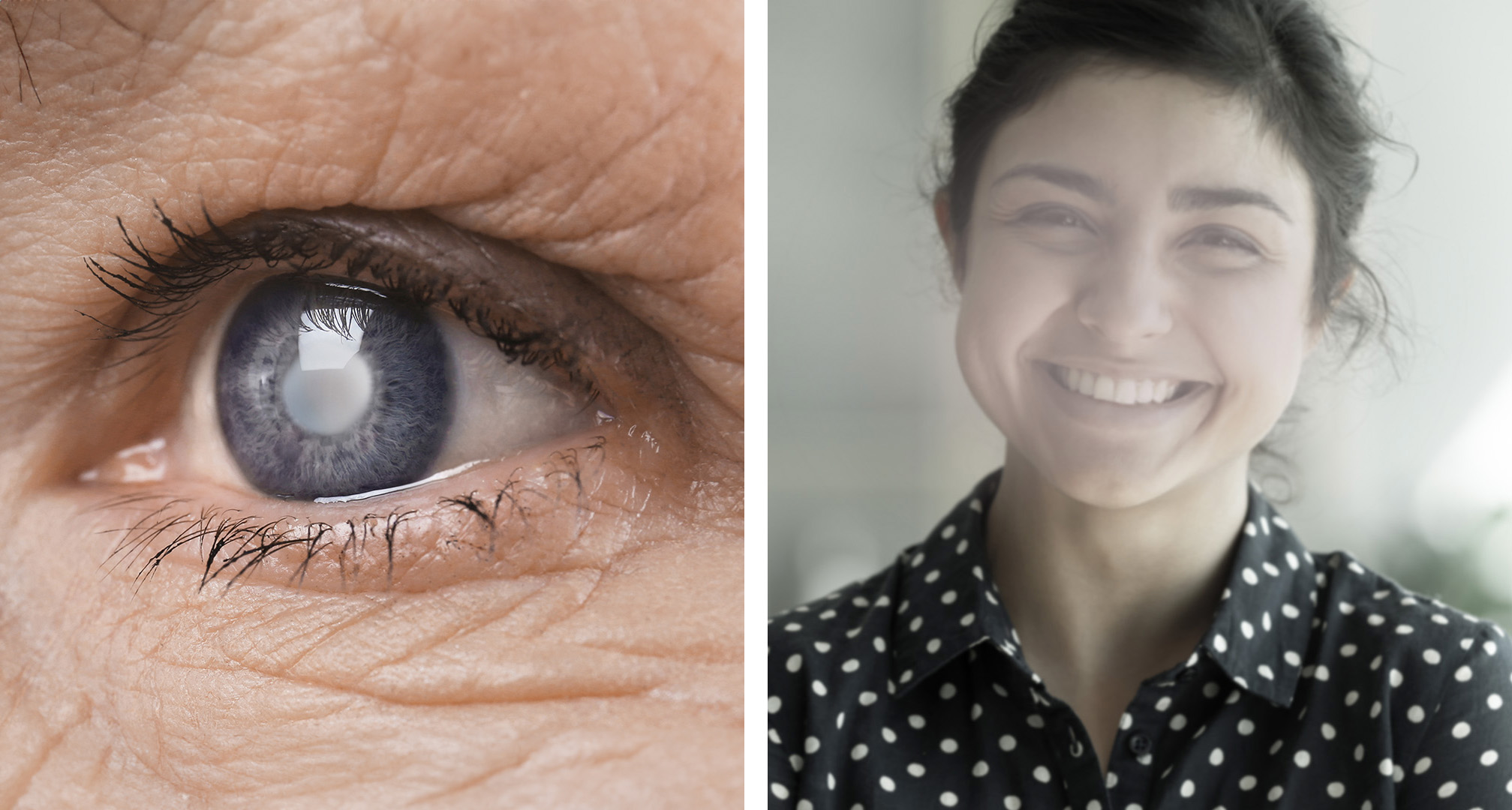
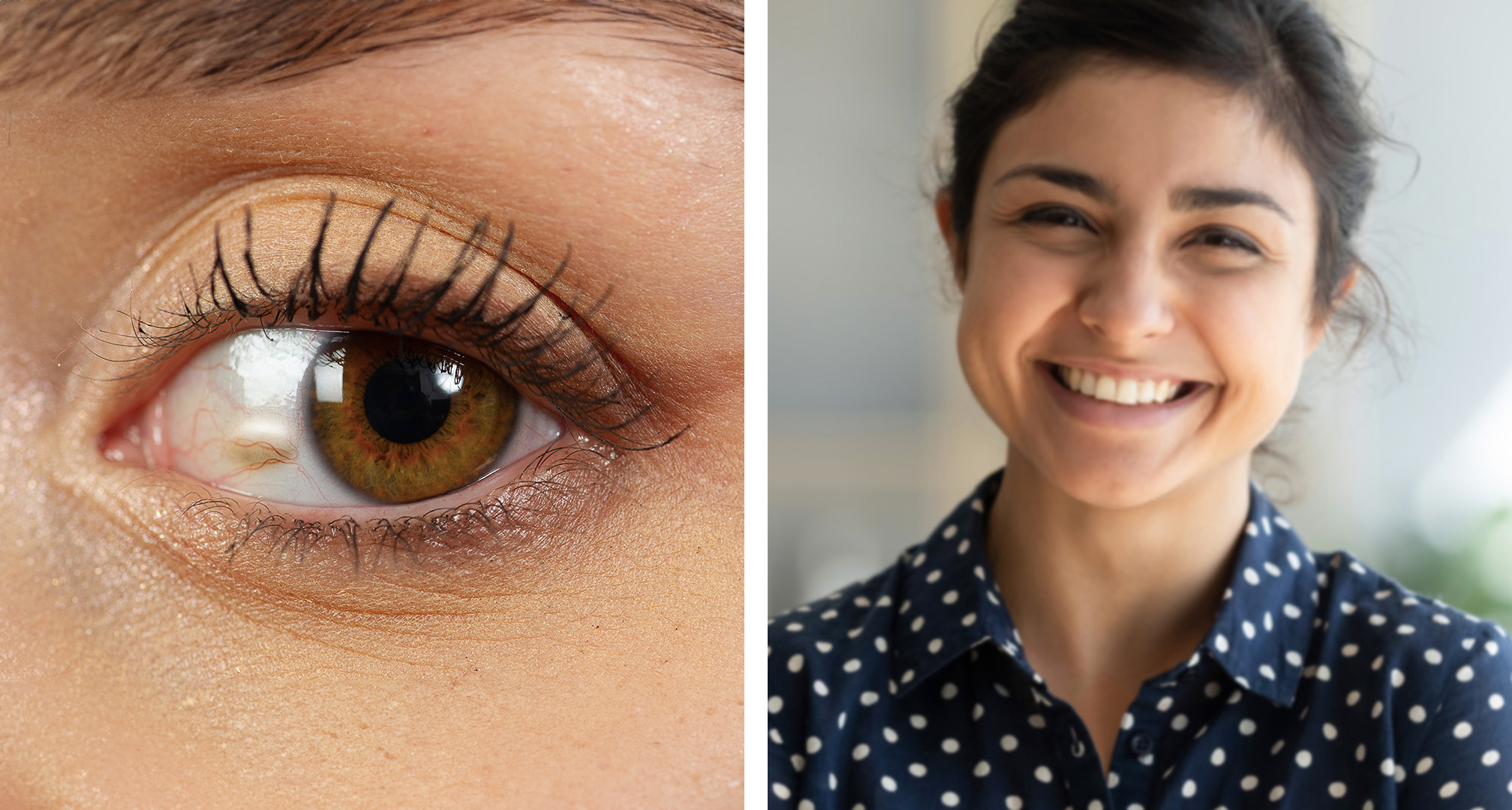
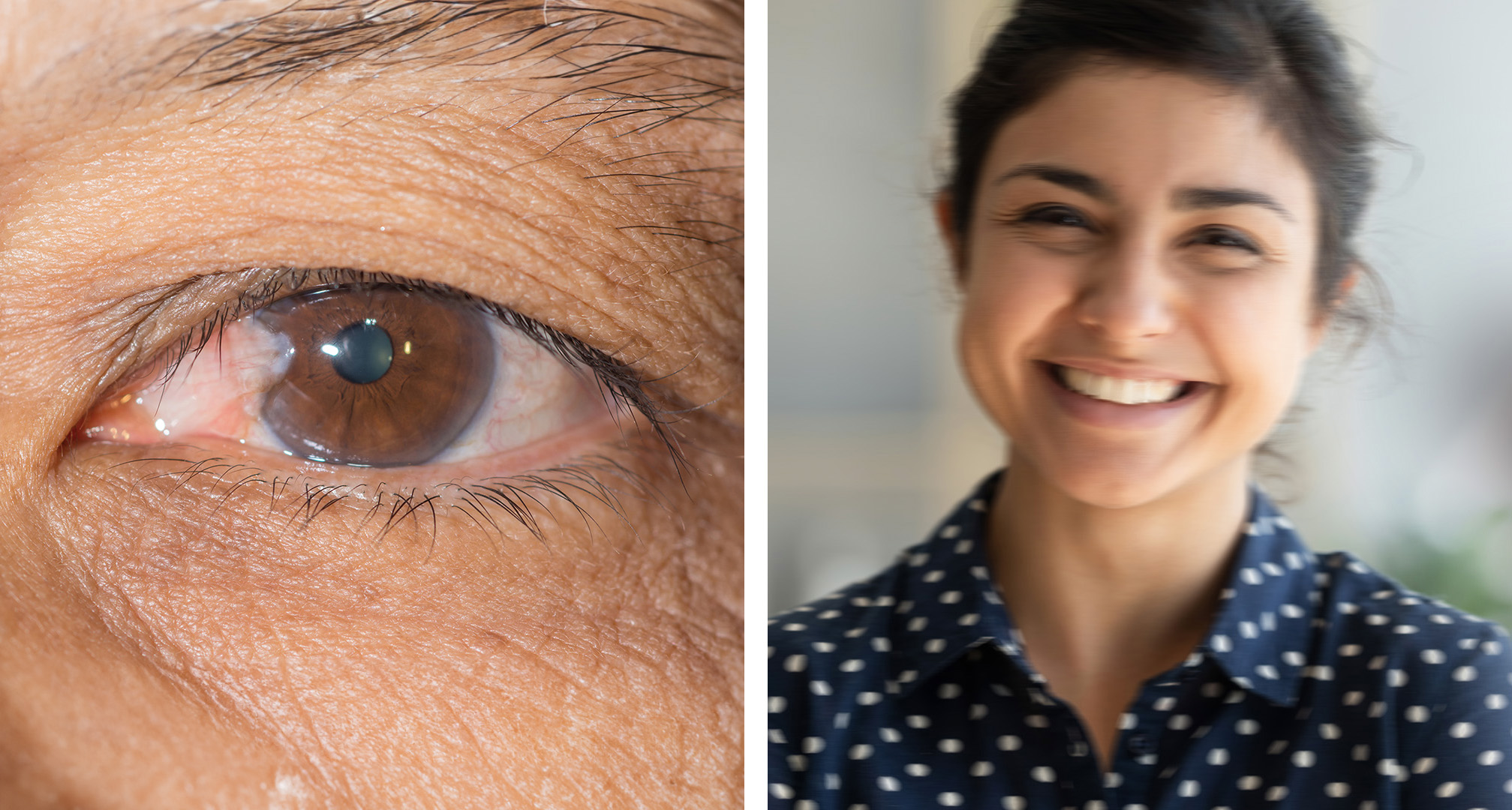
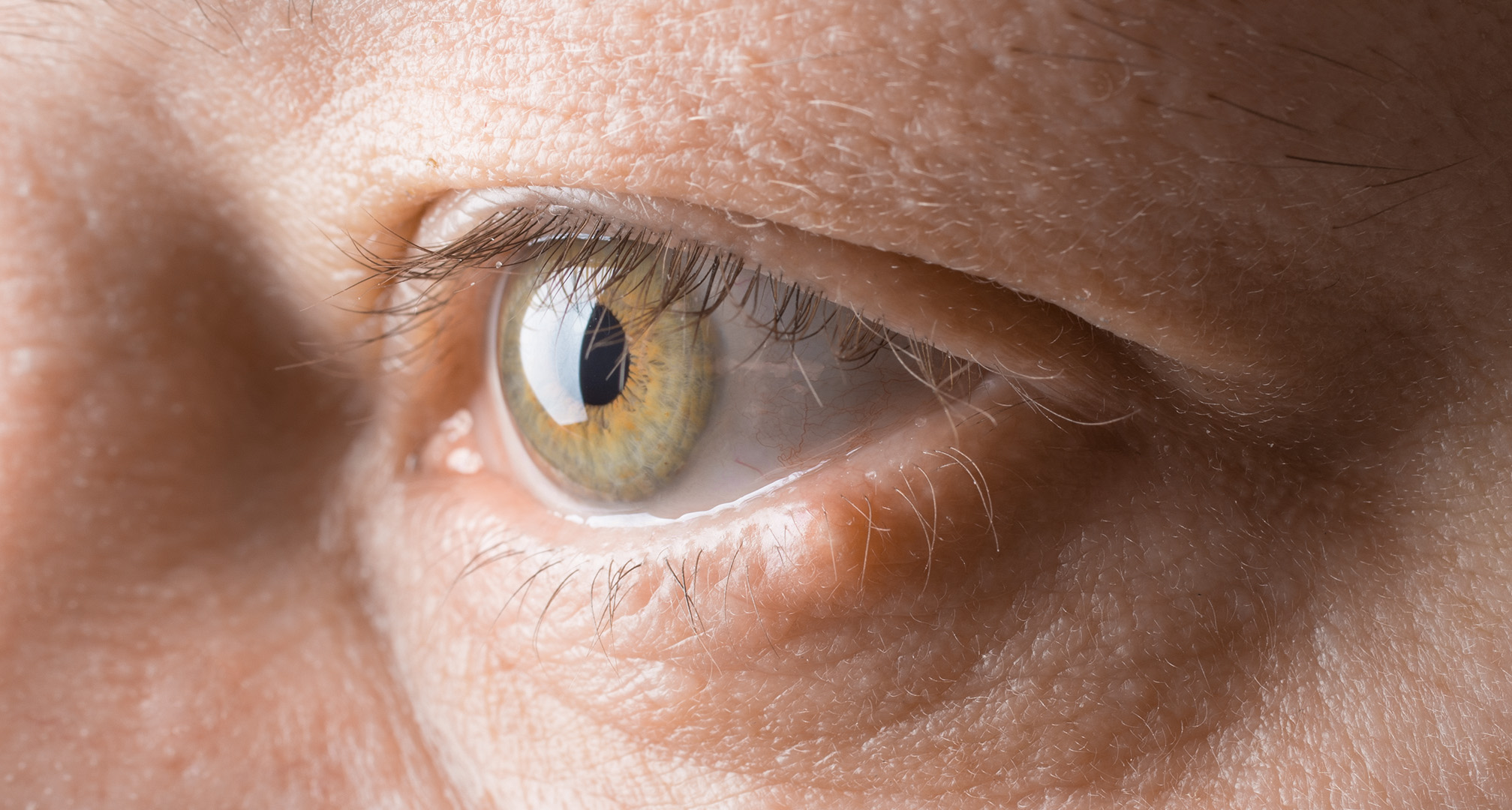
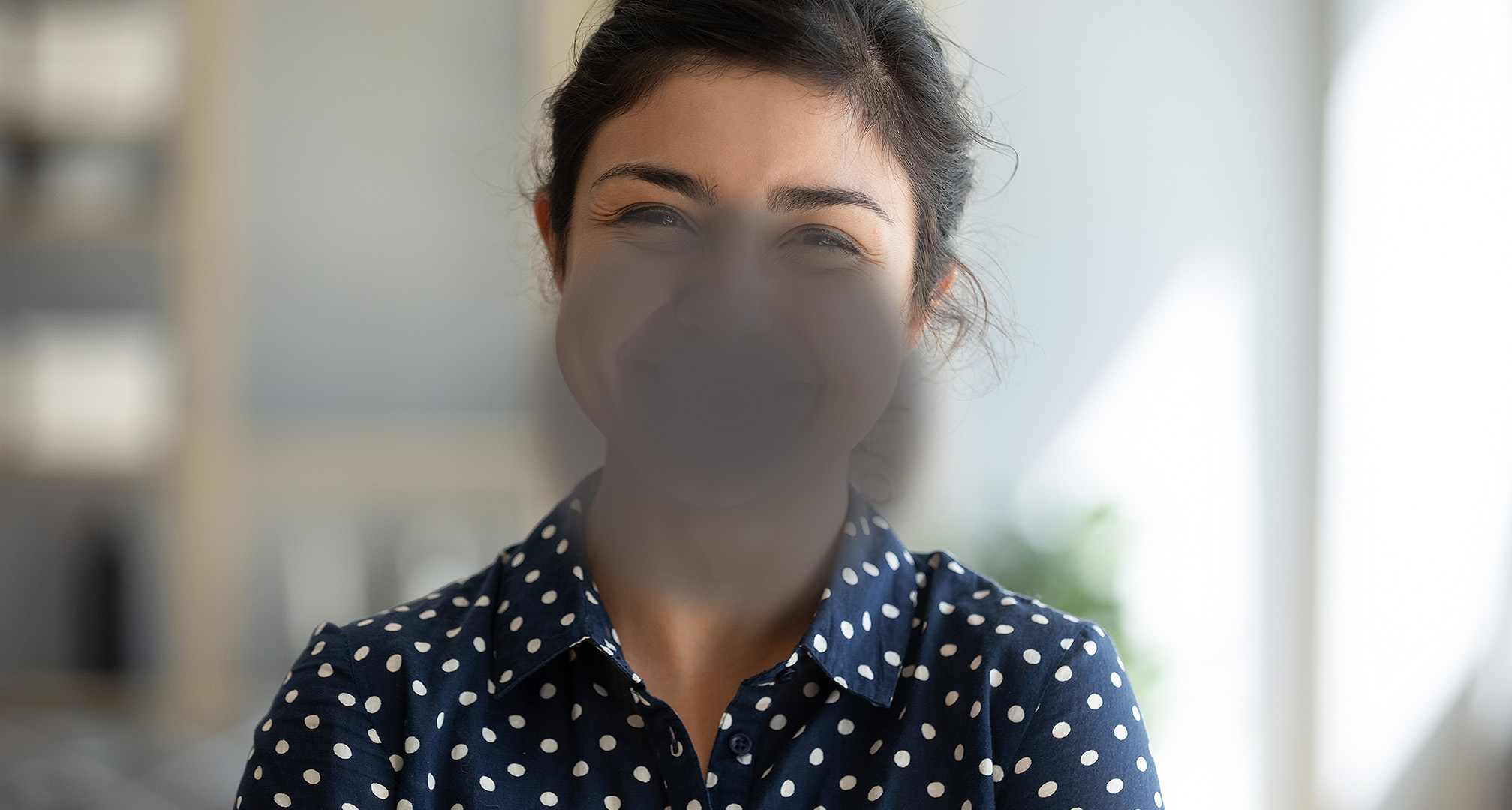


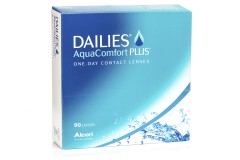



Comments